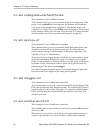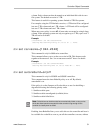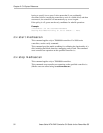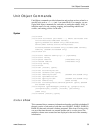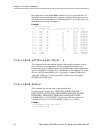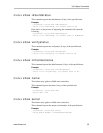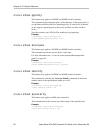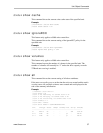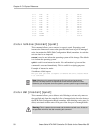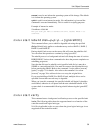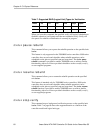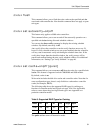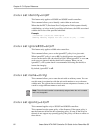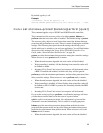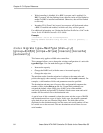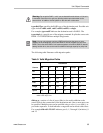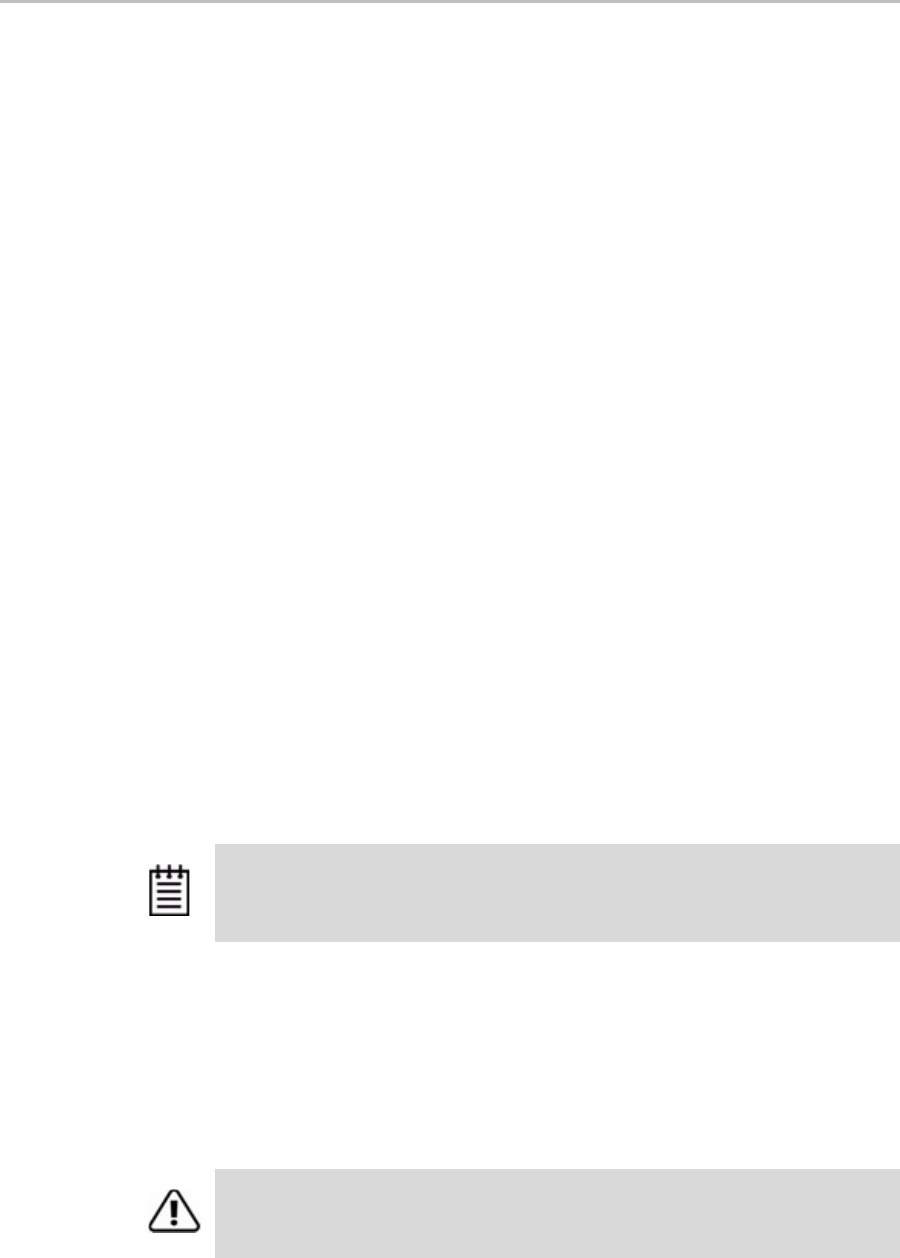
Chapter 2. CLI Syntax Reference
58 3ware Serial ATA RAID Controller CLI Guide for the Power Mac G5
u1-2 DISK OK - - p2 - 298.20
u1-3 DISK OK - - p3 - 298.20
u1-4 DISK OK - - p4 - 298.20
u1-5 DISK OK - - p5 - 298.20
u1-6 DISK OK - - p6 - 298.20
u1-7 DISK OK - - p7 - 298.20
u1-8 DISK OK - - p8 - 298.20
u1-9 DISK OK - - p9 - 298.20
u1-10 DISK OK - - p10 - 298.20
u1-11 DISK OK - - p11 - 298.20
u1/v0 VOLUME - - - - - 500.00
u1/v1 VOLUME - - - - - 3078.40
/c
x
/u
x
remove
[noscan] [quiet]
This command allows you to remove (or export) a unit. Exporting a unit
instructs the firmware to remove the specified unit from its poll of managed
units, but retains the DCB (Disk Configuration Block) metadata. As such the
unit can later be re-imported.
noscan is used to not inform the operating system of this change. The default
is to inform the operating system.
quiet is used for non-interactive mode. No confirmation is given and the
command is executed immediately. This is useful for scripting purposes.
Example of interactive mode:
//localhost> /c0/u0 export
Are you sure you want to export or remove the unit /c0/u0? Enter
Y to continue.
/c
x
/u
x
del
[noscan] [quiet]
This command allows you to delete a unit. Deleting a unit not only removes
the specified unit from the controller's list of managed units, but also destroys
the DCB (Disk Configuration Block) metadata. After deleting a unit, ports (or
disks) associated with the unit will be part of the free pool of managed disks.
Note: After the unit is removed through the CLI, the unit can be physically
removed. Hot swap carriers are required to do this while the system is online.
Otherwise you must power down the system to prevent system hangs and damage.
Warning: This is a destructive command and should be used with care. All data on
the specified unit will be lost after executing this command.



